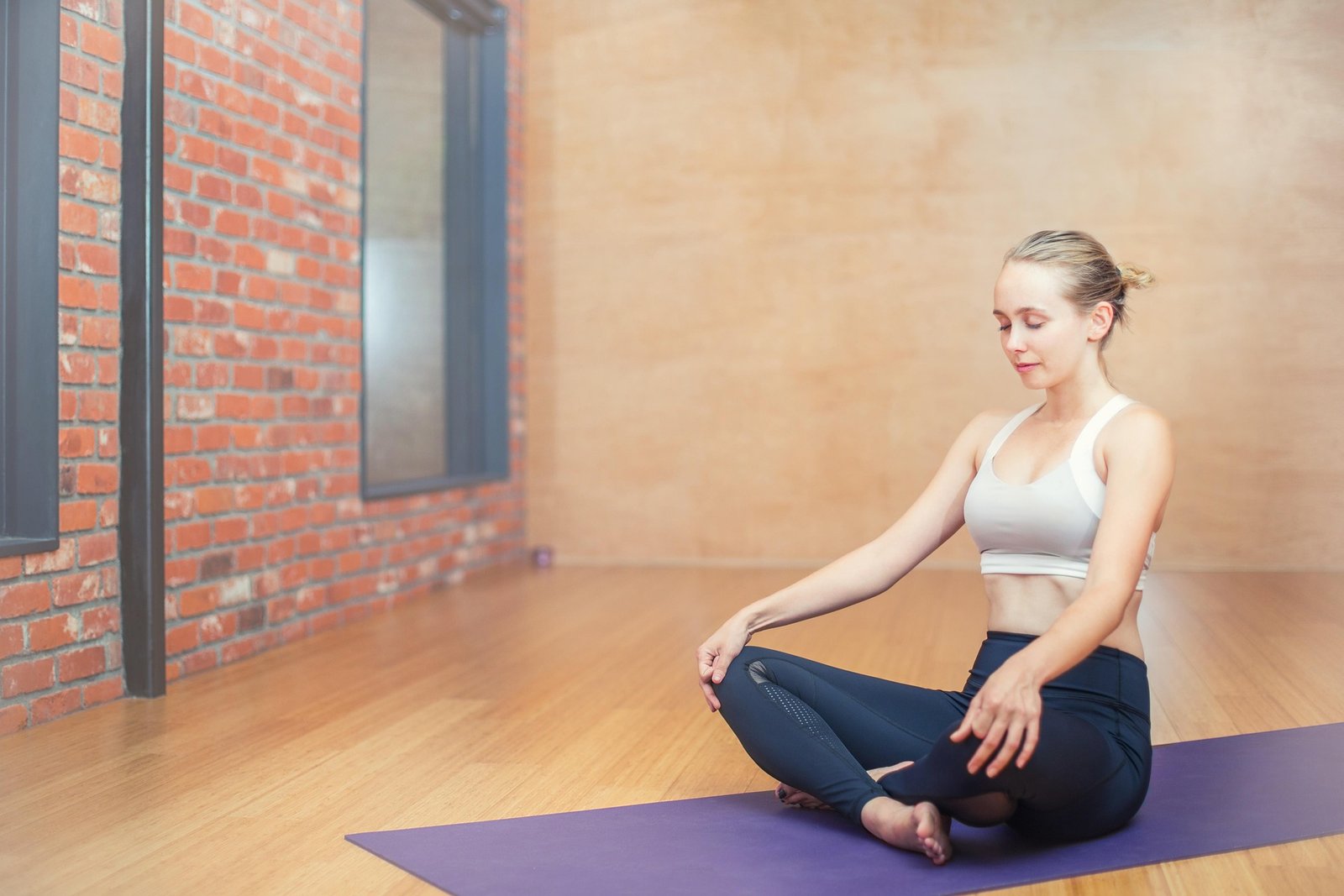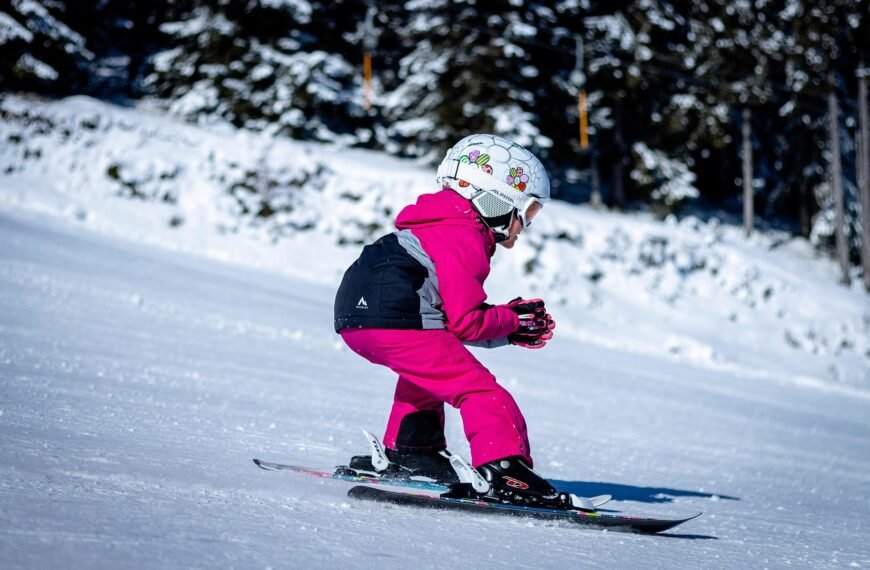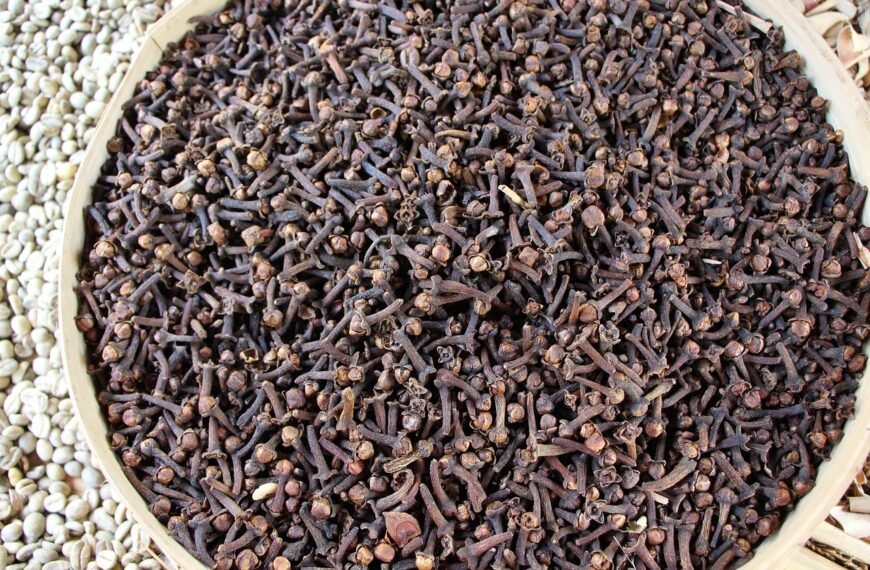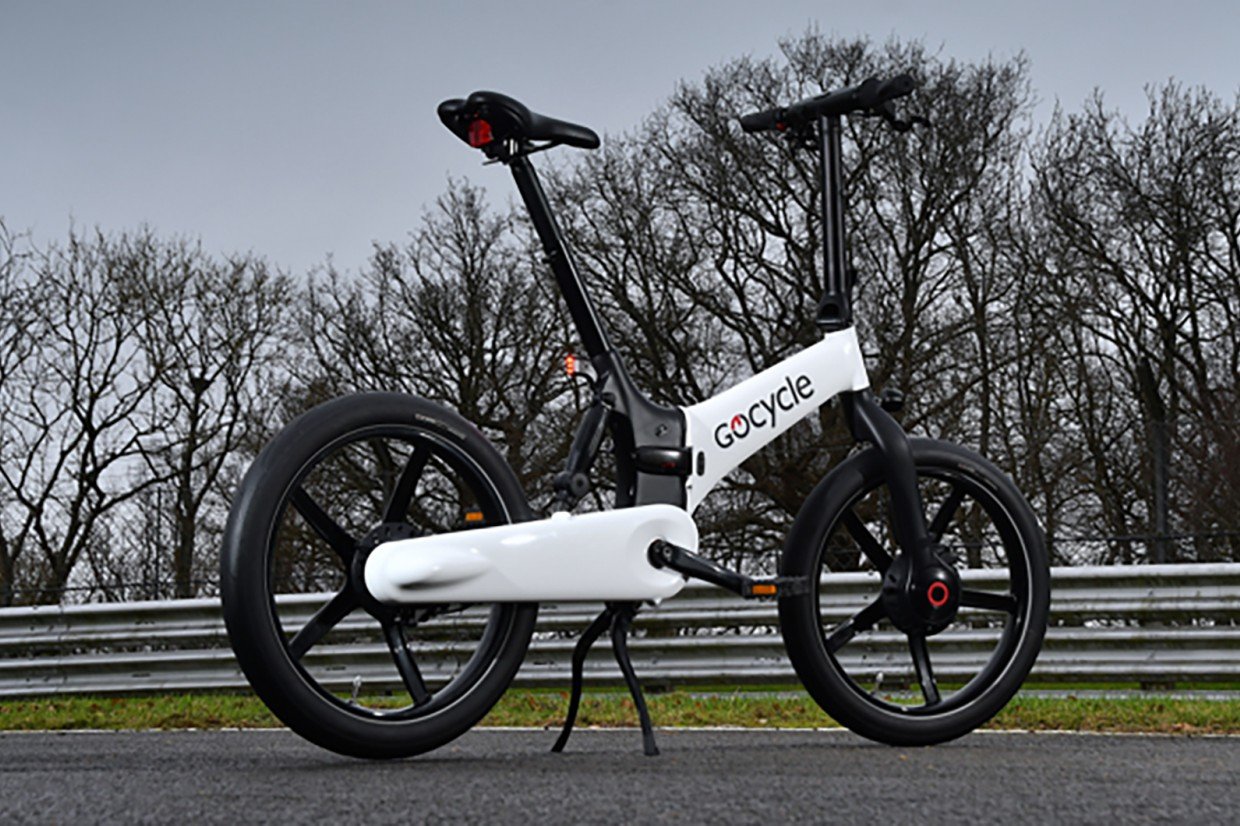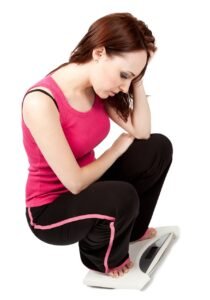Air pollution is an unavoidable problem that affects our health daily. Factors like rapid urbanization, industrialization, and harmful agricultural practices contribute to rising pollution levels, exposing us to harmful pollutants like particulate matter (PM2.5 and PM10), sulfur dioxide (SO2), nitrogen dioxide (NO2), carbon monoxide (CO), and ground-level ozone (O3). These pollutants can lead to severe respiratory issues such as asthma, chronic obstructive pulmonary disease (COPD), and, in extreme cases, lung cancer. While we cannot completely eliminate air pollution, we can take preventive measures—one of the most effective being breathing exercises.
Breathing exercises enhance lung efficiency and promote overall respiratory health. While they do not provide complete immunity from air pollution, they can significantly strengthen lung function, improve oxygen intake, and reduce respiratory stress. Regular breathing exercises help in increasing lung capacity, strengthening respiratory muscles, clearing airways, reducing lung inflammation, and lowering the risk of chronic diseases. Additionally, controlled breathing helps manage stress, improves endurance, and supports better oxygen circulation in the body.
Simple Breathing Techniques for Healthy Lungs
Diaphragmatic Breathing
Also known as deep belly breathing, this technique strengthens the diaphragm and enhances lung efficiency. Follow these steps:
- Sit or lie down comfortably.
- Relax your shoulders and place one hand on your chest and the other on your abdomen.
- Take a deep breath through your nose, allowing your abdomen to expand.
- Exhale slowly through your mouth, feeling your stomach contract.
- Repeat several times for best results.
Alternate Nostril Breathing
A traditional yoga technique that helps reduce anxiety and promotes relaxation. Steps to follow:
- Sit comfortably and place your left hand on your left knee.
- Use your right thumb to close your right nostril.
- Inhale deeply through your left nostril, then close it with your fingers.
- Open your right nostril and exhale.
- Repeat the process for five minutes, ensuring to finish with an exhale from the left nostril.
Lion’s Breath
A unique breathing exercise that releases tension and stress while enhancing lung function.
- Sit with a straight back and take a deep breath through your nose.
- Open your mouth wide, stick out your tongue, and exhale forcefully while making a “ha” sound.
- Repeat several times to relieve respiratory discomfort
Pursed Lip Breathing
This technique slows down breathing, improves airflow, and strengthens lung capacity.
- Inhale slowly through your nose for two counts.
- Pucker your lips as if blowing out a candle.
- Exhale gently through pursed lips for at least four counts.
- Repeat multiple times for better oxygen control.
Additional effective techniques include box breathing, Buteyko breathing, chest breathing, and bamboo breathing. These methods can be particularly beneficial for individuals living in high-pollution areas. However, individuals with heart conditions, high blood pressure, or other medical concerns should consult a doctor before practicing any advanced breathing techniques. Children under five should avoid complicated techniques such as Kapalbhati or prolonged breath-holding.
Incorporating these breathing exercises into your daily routine can significantly enhance lung function, boost endurance, and help your body cope with air pollution. Stay mindful of your respiratory health and make small changes to protect yourself from the harmful effects of polluted air. Start today and breathe better!

